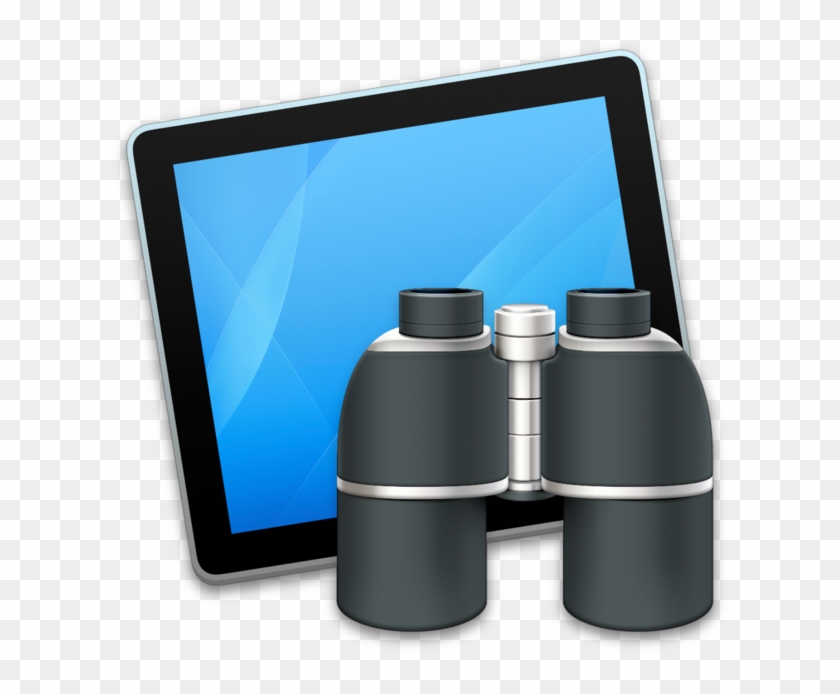App Nap is a related optimization, blocking inactive applications from using the CPU and other system resources. This keeps your computer’s resources free, and saves battery life. When is an application considered “inactive”? According to Apple’s developer guidelines, App Nap is triggered only if an application: Isn’t the foreground app. I love using WhatsApp on my iPhone and like the idea of being able to use the desktop app as well. The only real gripe I have is that the desktop app does not recognize keyboard text shortcuts, nor does it allow you to type seamlessly in another language. In my case, I use WhatsApp a lot to talk to friends and family in Mexico and Spain—in.
Use Launchpad to delete an app
Launchpad offers a convenient way to delete apps that were downloaded from the App Store.
- To open Launchpad, click it in the Dock or open it from your Applications folder. You can also pinch closed with your thumb and three fingers on your trackpad.
- If you don't see the app in Launchpad, type its name in the search field at the top of the screen. Or swipe right or left with two fingers on your trackpad to show the next or previous page.
- Press and hold the Option (⌥) key, or click and hold any app until the apps jiggle.
- Click next to the app that you want to delete, then click Delete to confirm. The app is deleted immediately. Apps that don't show either didn't come from the App Store or are required by your Mac. To delete an app that didn't come from the App Store, use the Finder instead.
Apps For Mac Desktop
Deleting an app doesn't cancel any subscription you may have purchased with that app. Learn how to cancel subscriptions for apps that were downloaded from the App Store.
Use the Finder to delete an app
- Locate the app in the Finder. Most apps are in your Applications folder, which you can open by clicking Applications in the sidebar of any Finder window. Or use Spotlight to find the app, then press and hold the Command (⌘) key while double-clicking the app in Spotlight.
- Drag the app to the Trash, or select the app and choose File > Move to Trash.
- If you're asked for a user name and password, enter the name and password of an administrator account on your Mac. This is probably the name and password you use to log in to your Mac.
- To delete the app, choose Finder > Empty Trash.
Learn more
To use an app again after deleting it, either reinstall it or restore it from a backup.
- To reinstall apps that were installed as part of macOS, reinstall macOS. This applies to apps such as Safari, iTunes, Books, Messages, Mail, Calendar, Photos, and FaceTime.
- You can also redownload apps, music, movies, TV shows, and books that were installed from the App Store, iTunes Store, or Apple Books.
Free App Downloads For Desktop


Learn how to delete apps on your iPhone, iPad, and iPod touch.
Apps For My Mac Desktop Windows 10
Learn what to do if the Dock contains an icon with a question mark.
